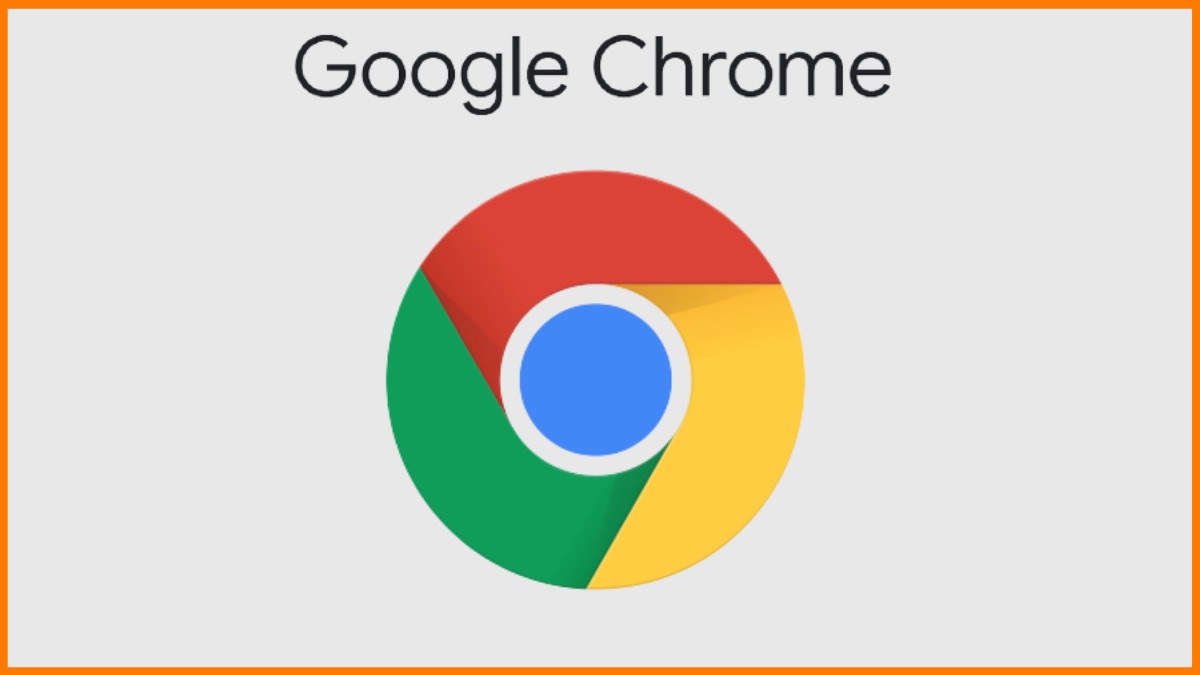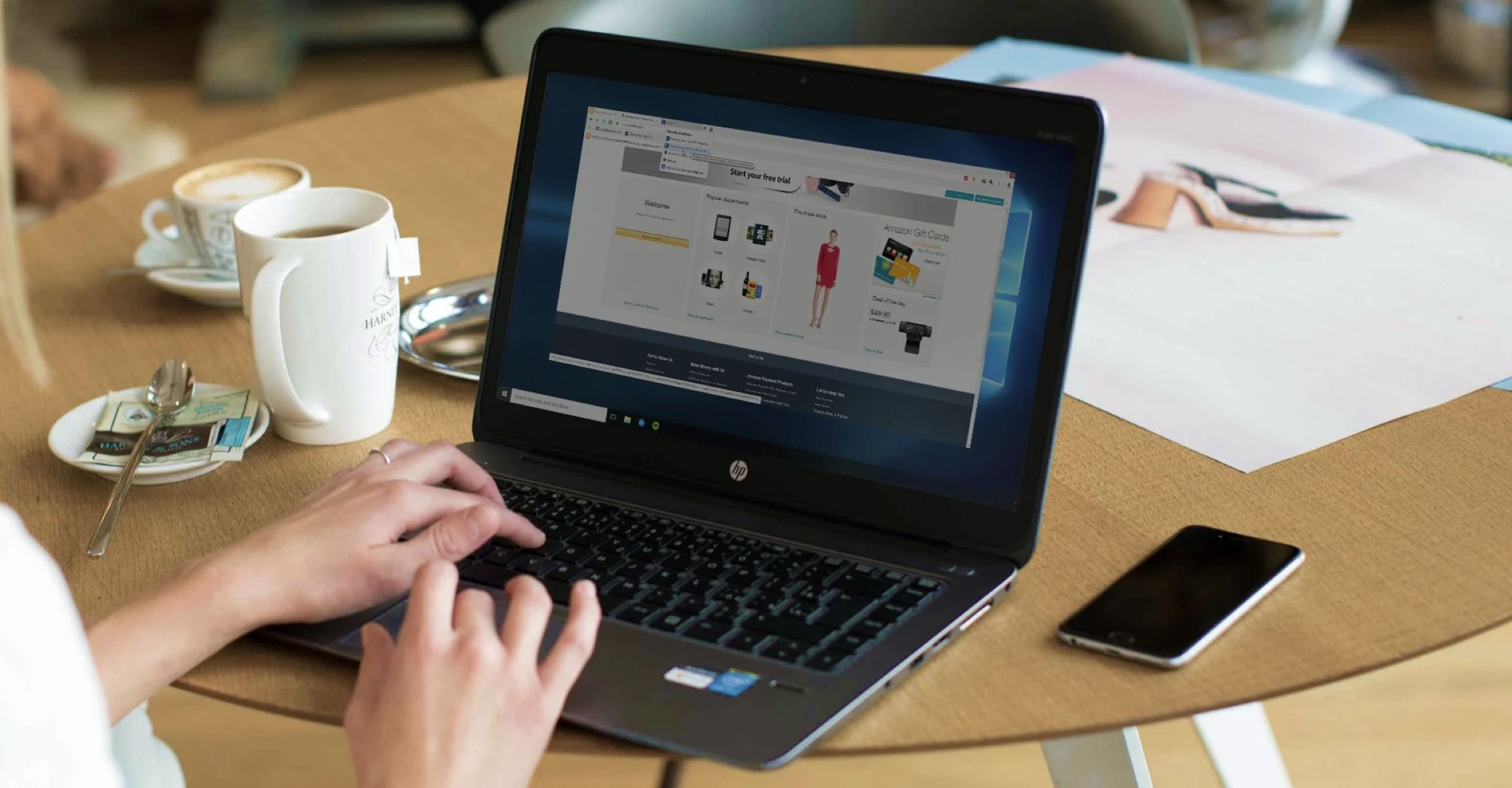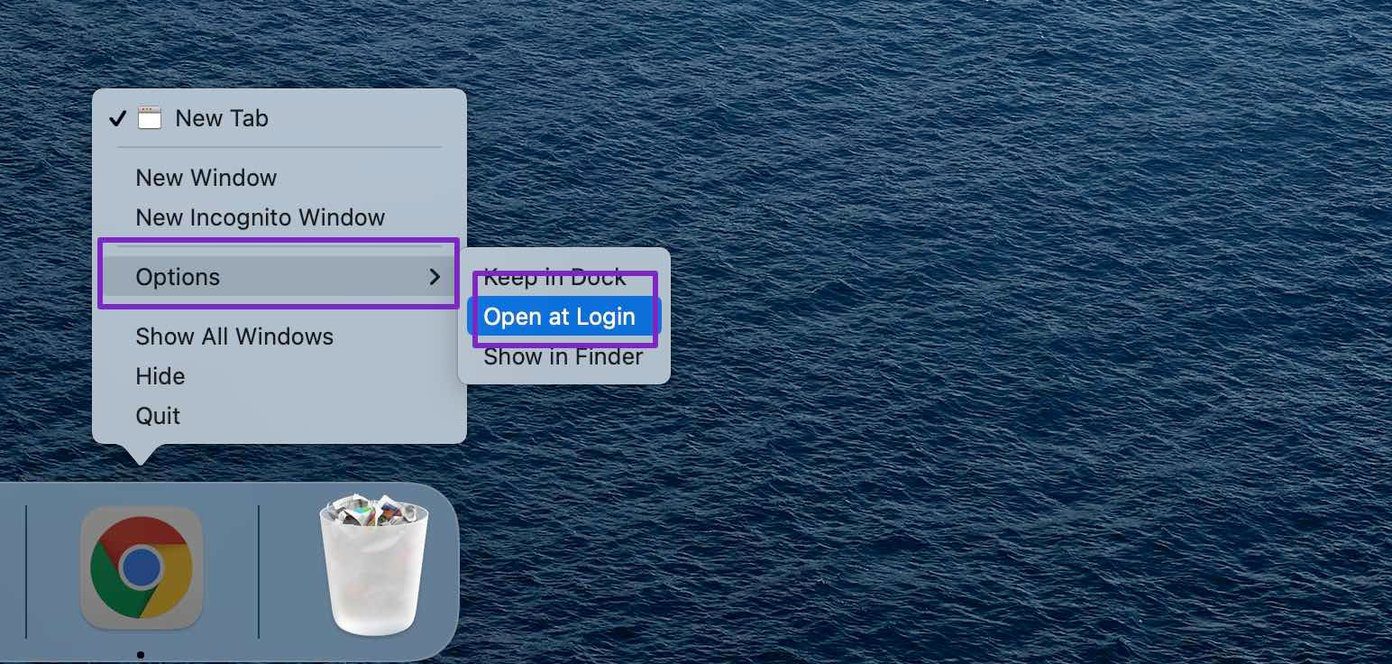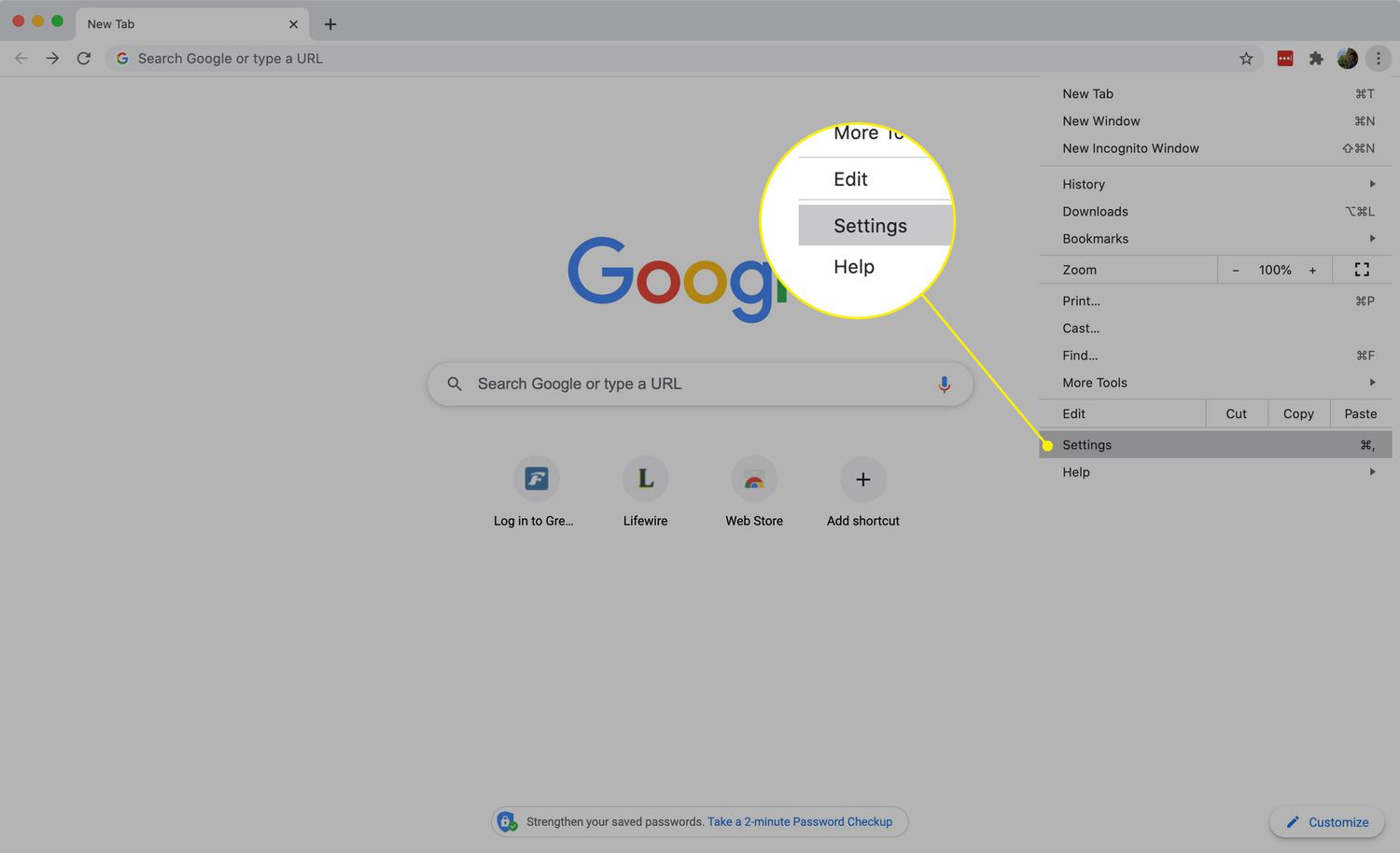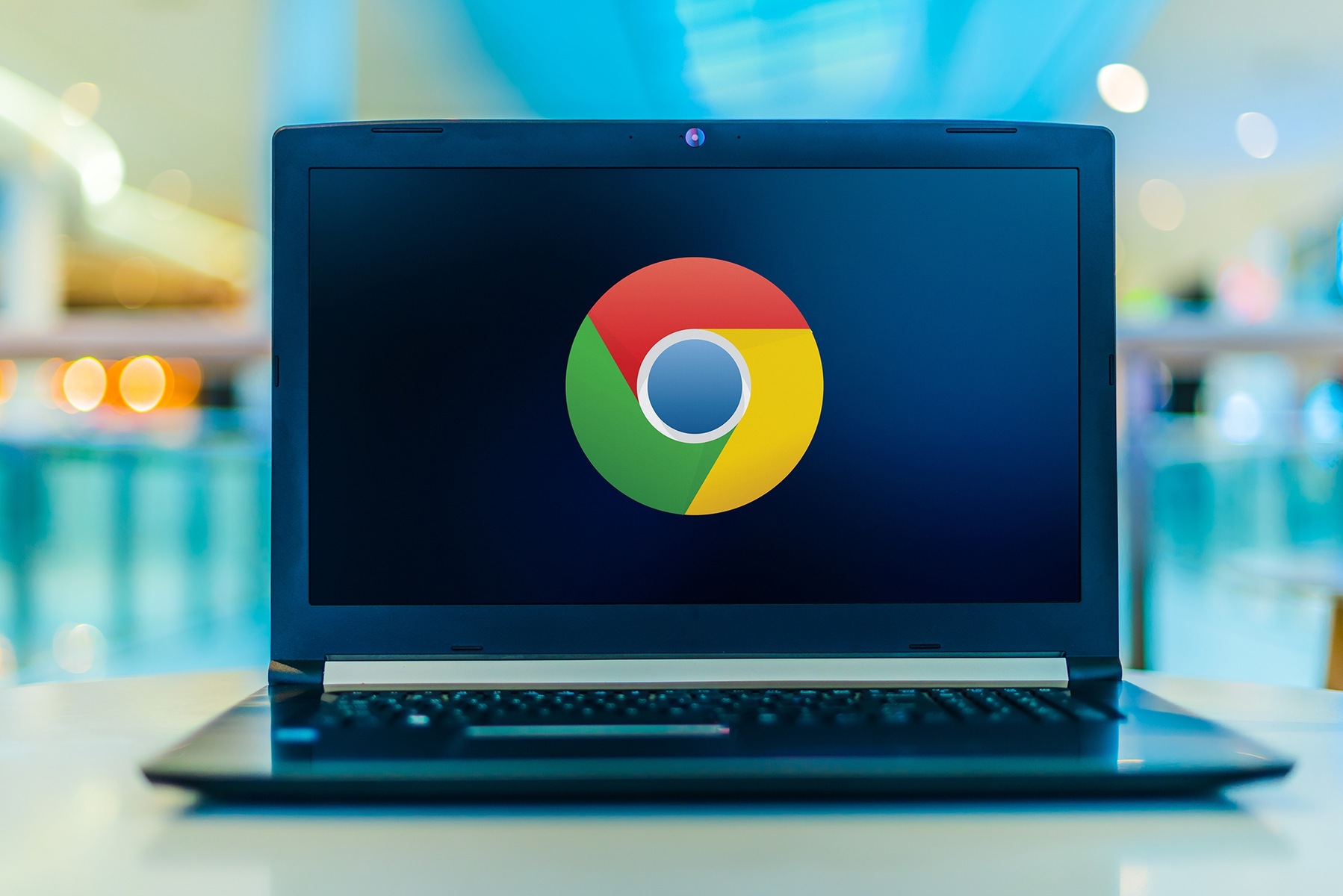Introduction
Are you tired of Chrome launching automatically every time you start your computer? It can be frustrating to have your browser open up unexpectedly, especially if you prefer to start your day with a clean desktop. Fortunately, there are several methods you can employ to prevent Chrome from opening on startup. By taking a few simple steps, you can regain control over your computer's startup behavior and ensure that Chrome only launches when you want it to.
In this article, we will explore three effective methods for stopping Chrome from opening on startup. Whether you're using a Windows or Mac computer, you'll find a solution that suits your preferences. From adjusting Chrome's settings to utilizing the Task Manager or Startup folder, we'll walk you through each method in a clear and concise manner. By following these steps, you can customize your computer's startup routine and streamline your user experience.
So, if you're ready to reclaim your desktop and put an end to unwanted browser launches, let's dive into the methods for preventing Chrome from opening on startup. Whether you're a tech-savvy individual or a casual computer user, you'll find these solutions easy to implement and highly effective. Let's take control of your computer's startup process and ensure that Chrome opens only when you choose to launch it.
Method 1: Using Chrome Settings
If you prefer a straightforward and user-friendly approach to prevent Chrome from opening on startup, adjusting the browser's settings is an effective method. By following these simple steps, you can customize Chrome's behavior and ensure that it no longer launches automatically when you start your computer.
-
Open Chrome Settings: Begin by launching the Chrome browser on your computer. Once the browser is open, click on the three-dot menu icon located in the top-right corner of the window. From the dropdown menu, select "Settings" to access Chrome's configuration options.
-
Access Startup Settings: Within the Settings menu, scroll down to find the "On startup" section. This section allows you to manage how Chrome behaves when you open the browser. Click on "Open the New Tab page" to ensure that Chrome doesn't launch any specific pages or tabs upon startup.
-
Disable Unwanted Startup Pages: If you notice any specific pages or tabs listed under the "Open a specific page or set of pages" option, click on "Disable" next to each entry. This action ensures that Chrome doesn't automatically open these pages when you start the browser.
-
Save Changes: After customizing the startup settings to your preference, be sure to click the "Save" or "Done" button to apply the changes. This step ensures that your updated settings are saved and will take effect the next time you open Chrome.
By utilizing Chrome's built-in settings, you can easily tailor the browser's startup behavior to align with your preferences. Whether you prefer a clean New Tab page or have specific pages in mind, these settings allow you to take control of Chrome's startup routine.
With just a few clicks, you can ensure that Chrome no longer opens on startup, providing you with a more personalized and streamlined browsing experience. This method is ideal for users who prefer a simple and intuitive approach to managing Chrome's behavior, allowing you to customize the browser to suit your individual needs.
Method 2: Using Task Manager
If you're looking for a more direct and immediate way to prevent Chrome from opening on startup, utilizing the Task Manager offers a practical solution. By leveraging the Task Manager's functionality, you can identify and disable Chrome's automatic startup behavior, effectively preventing the browser from launching when you boot up your computer.
Here's a step-by-step guide to using the Task Manager to stop Chrome from opening on startup:
-
Access the Task Manager: To begin, right-click on the taskbar at the bottom of your screen and select "Task Manager" from the context menu. Alternatively, you can press "Ctrl + Shift + Esc" on your keyboard to open the Task Manager directly.
-
Navigate to the Startup Tab: Once the Task Manager window is open, navigate to the "Startup" tab. Here, you'll find a list of programs and applications that are configured to launch automatically when you start your computer.
-
Disable Chrome's Startup Entry: Look for "Google Chrome" in the list of startup programs. Right-click on the entry for Chrome and select "Disable" from the context menu. This action effectively prevents Chrome from launching when your computer boots up.
By following these straightforward steps, you can effectively stop Chrome from opening on startup using the Task Manager. This method provides a quick and efficient way to manage your computer's startup programs, allowing you to customize your system's behavior according to your preferences.
Utilizing the Task Manager to disable Chrome's automatic startup behavior is particularly useful for users who prefer a hands-on approach to managing their computer's processes. By taking advantage of the Task Manager's capabilities, you can exert direct control over which programs launch at startup, ensuring a more tailored and efficient startup experience.
With the ability to easily identify and disable Chrome's startup entry, you can streamline your computer's boot-up process and prevent unwanted applications from launching automatically. This method empowers you to take charge of your computer's startup routine, allowing for a more personalized and optimized user experience.
Method 3: Using Startup Folder
Another effective method to prevent Chrome from opening on startup involves utilizing the Startup folder on your Windows computer. By leveraging this approach, you can directly manage the programs and applications that launch automatically when you log in to your user account. This method provides a convenient way to customize your computer's startup behavior and ensure that unwanted applications, such as Chrome, are excluded from the startup routine.
Here's a detailed guide on using the Startup folder to stop Chrome from opening on startup:
-
Access the Startup Folder: Begin by accessing the Startup folder on your Windows computer. You can do this by pressing "Windows + R" on your keyboard to open the Run dialog, then typing "shell:startup" and pressing Enter. This action opens the Startup folder, where you'll find shortcuts to programs that launch at startup.
-
Locate Chrome's Shortcut: Within the Startup folder, look for the shortcut to Google Chrome. This shortcut enables Chrome to launch automatically when you log in to your user account. By managing this shortcut, you can control whether Chrome opens on startup.
-
Remove Chrome's Shortcut: To prevent Chrome from opening on startup, simply right-click on the shortcut to Google Chrome and select "Delete" from the context menu. This action removes the shortcut from the Startup folder, effectively excluding Chrome from the programs that launch automatically.
By following these steps, you can effectively utilize the Startup folder to prevent Chrome from opening on startup. This method offers a straightforward and direct approach to managing your computer's startup programs, allowing you to customize the applications that launch when you log in to your user account.
Utilizing the Startup folder provides a convenient way to tailor your computer's startup routine according to your preferences. By removing Chrome's shortcut from the Startup folder, you can ensure that the browser no longer launches automatically, providing you with a more personalized and streamlined startup experience.
This method is particularly useful for Windows users who prefer a hands-on approach to managing their computer's startup programs. By directly accessing and modifying the contents of the Startup folder, you can exert precise control over which applications launch at startup, ensuring that your computer's startup routine aligns with your individual preferences.
By leveraging the capabilities of the Startup folder, you can effectively customize your computer's startup behavior and prevent unwanted applications, such as Chrome, from launching automatically. This empowers you to take control of your computer's startup routine, ensuring a more tailored and efficient user experience.
Conclusion
In conclusion, by implementing the methods outlined in this article, you can effectively prevent Chrome from opening on startup, providing you with a more personalized and streamlined computer experience. Whether you opt to adjust Chrome's settings, utilize the Task Manager, or leverage the Startup folder, each method offers a practical and user-friendly approach to customizing your computer's startup routine.
By adjusting Chrome's settings, you can easily tailor the browser's behavior to align with your preferences. Whether you prefer a clean New Tab page or have specific pages in mind, these settings allow you to take control of Chrome's startup behavior. This method is ideal for users who prefer a simple and intuitive approach to managing Chrome's behavior, allowing you to customize the browser to suit your individual needs.
Utilizing the Task Manager to disable Chrome's automatic startup behavior provides a quick and efficient way to manage your computer's startup programs. This method is particularly useful for users who prefer a hands-on approach to managing their computer's processes, allowing for a more tailored and efficient startup experience.
The use of the Startup folder on Windows computers offers a convenient way to customize your computer's startup behavior. By removing Chrome's shortcut from the Startup folder, you can ensure that the browser no longer launches automatically, providing you with a more personalized and streamlined startup experience.
By leveraging these methods, you can take control of your computer's startup routine, ensuring that Chrome opens only when you choose to launch it. Whether you're a tech-savvy individual or a casual computer user, these solutions are easy to implement and highly effective, allowing you to reclaim your desktop and put an end to unwanted browser launches.
In today's digital age, where personalized computing experiences are highly valued, having the ability to customize your computer's startup behavior is essential. By following the steps outlined in this article, you can tailor your computer's startup routine to align with your individual preferences, ensuring a more efficient and enjoyable user experience. So, take charge of your computer's startup process and enjoy a clutter-free desktop without unwanted browser launches.







